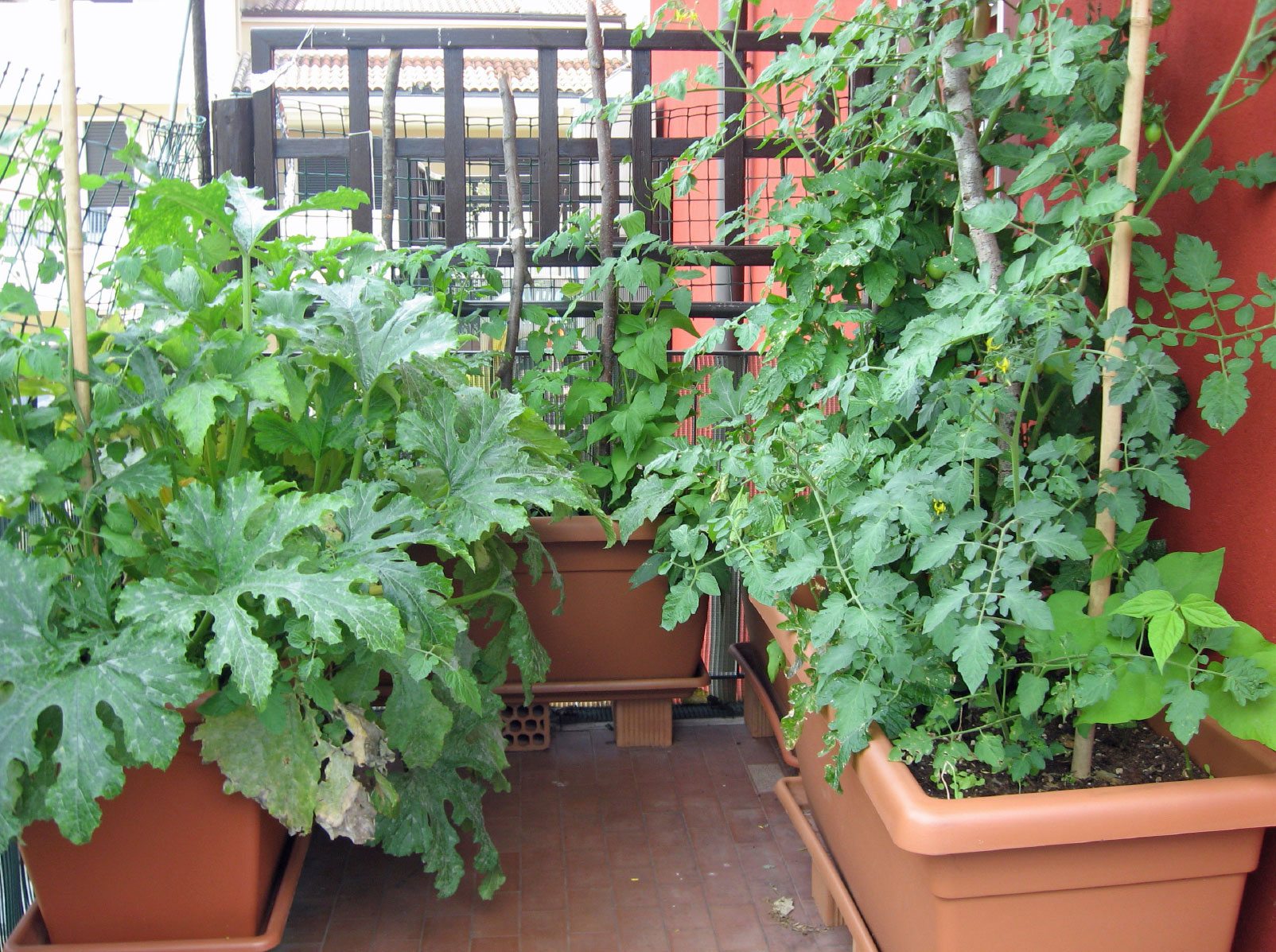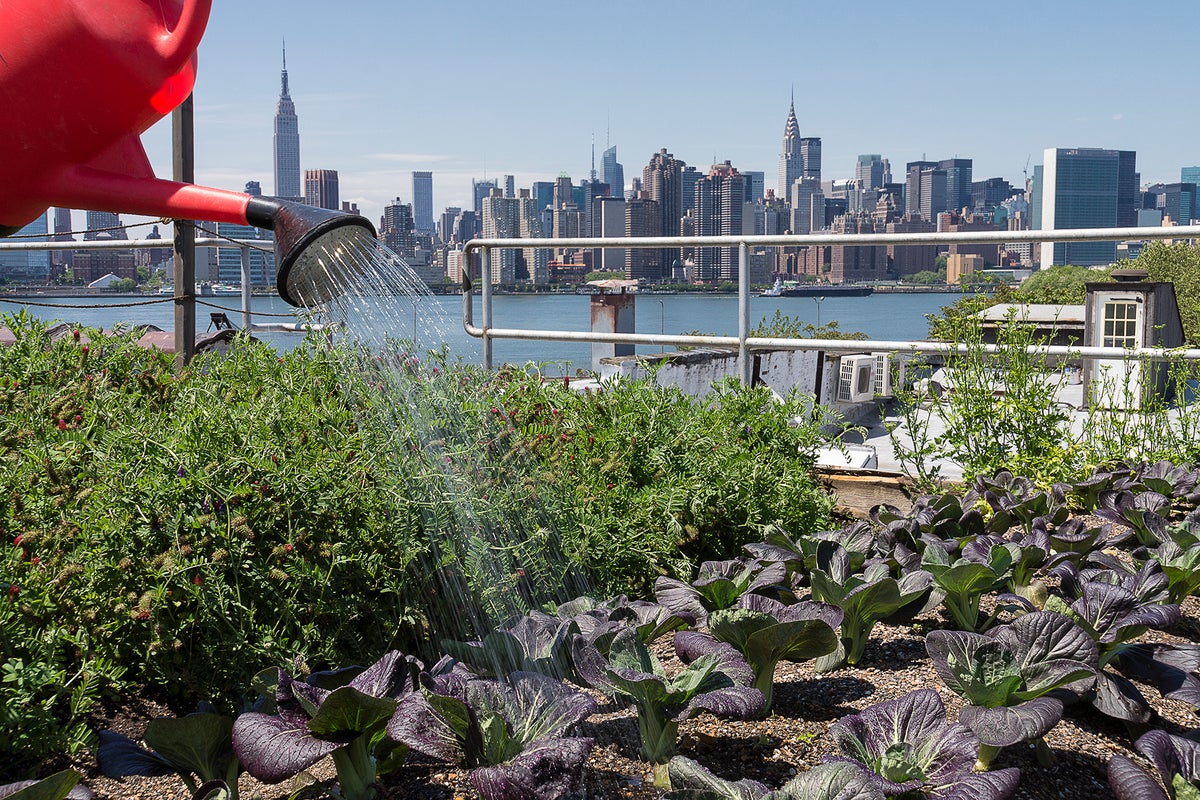City Blooming Can Be Fun For Everyone
City Blooming Can Be Fun For Everyone
Blog Article
The 20-Second Trick For City Blooming
Table of ContentsAll about City BloomingGetting My City Blooming To WorkThe 5-Second Trick For City BloomingThe Best Guide To City BloomingCity Blooming Can Be Fun For Everyone

As you walk the streets of the Bronx, Southside Chicago or East Oakland, you might see have even seen huge stories of ripening fruits and veggies being collected. What exactly are urban farms and community yards? Are they different? If so, exactly how? And extra notably, how can you sustain them? Urban agriculture, city farming, or metropolitan gardening is the practice of growing, handling and dispersing food in or around city areas.
Typically, metropolitan farming as a technique is a bigger investment than gardening. There are countless more hours invested right into the trivial matters of farming, from the crop strategy to the tending of your beds. This moment dedication tackles an entire new meaning once you understand the objective that is being functioned in the direction of and dedicated, namely that of acquiring an abundant return of plants to be consumed.
An area garden is a single piece of land gardened jointly by a team of people. Community gardens use either individual or common stories on exclusive or public land while creating fruit, vegetables, and/or plants expanded for their eye-catching look. The standard design below is that a large group of individuals each contribute a relatively percentage of time to functioning their own story, and get the fruits of their labor because of this.
The 9-Minute Rule for City Blooming

, and area companies by helping them develop and grow their very own gardens. The distinctions between community yard and metropolitan ranch are nuanced, though in the end the exact same fundamental task takes placefood crop cultivation however within different business structures - fruit and vegtables.
Urban farms are usually extra organization and technology oriented, with the main function of maximizing returns and offering fruit and vegetables. Commercial city ranches are typically focused on expanding production on normally tiny land area with innovations in technologies such as aquaculture, hydroponics, and greenhouses and may partner with an industrial cooking area to develop locally-produced value-added products such as jams and sauces.
City Blooming for Dummies
The produce is typically expanded on a much smaller scale and is taken home to eat at home or to share. By giving much needed eco-friendly areas in destitute, concrete city locations, they permit the benefits of yard horticulture to those lacking yards, and serve as superb examples of self-organization and area advocacy.
Some neighborhood yards, typically in metropolitan areas, relocate into expanding for industrial use while some metropolitan farms open up their land for even more socially conscious advantages. Regardless of exactly how you specify and set apart the 2, they are both positive pressures for good in cities around America and the globe.
As every one of Little Axe Peppers' hot sauces are sourced with peppers from community yards, your acquisitions directly help fund these neighborhood jobs (https://www.huntingnet.com/forum/members/cityblooming.html). Take component in the change by.
A pal of mine just recently commented in a discussion concerning gardening that "It's interesting, I have actually constantly believed that farming as a technique is somewhat like gardening. There are similar aspects to both do not you assume?" To the nonprofessional that remark from my close friend would have gone without much thought, it seems reasonable so why not take it therefore? But as I invested even more and more time in my Urban Agriculture class I have actually come to recognize that to state that horticulture is a miniature extension of farming would certainly be a little stretch.
How City Blooming can Save You Time, Stress, and Money.
They both revolve around the care of plants for some objective that can be food, profit or just the pleasure of the craft. Furthermore they both require a monetary investment in addition to a time investment, something that a whole lot of individuals in our quick paced life do not have a whole lot of - home and garden.
We can see that the resemblances are plentiful, official source but are the distinctions enough to produce a difference? As a student at NYU I have the opportunity to deal with the leave It Better Foundation, a team that instructs basic nutrition and horticulture to high institution trainees. https://www.twitch.tv/cityblooming/about. This experience gave me a comprehensive foray into the globe of amateur horticulture past what most individuals have actually been in call with
Farming as a practice is a larger investment than horticulture. There are plenty of a lot more hours spent right into the trivial matters of farming, from the crop plan to the often tending of your beds.
The average garden enthusiast sets about his responsibilities as a chore rather than a requirement and as such differentiates his or herself from the farmer. Nevertheless with this difference in hand, they are both comforting and enjoyable workouts that any individual can get, which by itself should be an advertisement for both.
The smart Trick of City Blooming That Nobody is Discussing
Something went incorrect - container and raised bed gardening etc.. Wait a moment and attempt once more Try again
Report this page